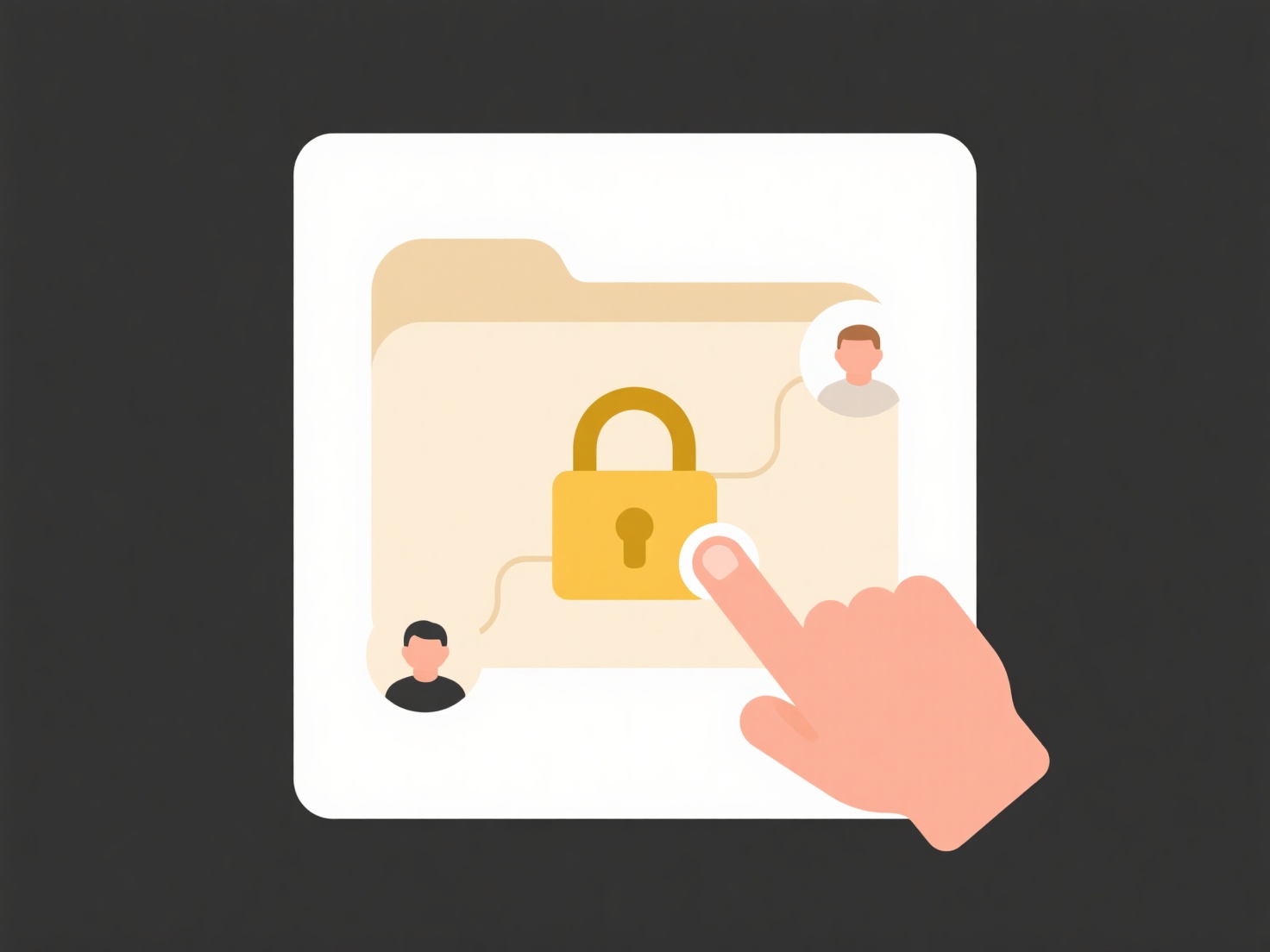
File conflicts occur when multiple users modify the same document simultaneously, causing the system to halt automatic saving to prevent data loss. Restoring the "original" file typically means retrieving your pre-conflict changes or a known good state from history, not a single master file replaced during the conflict. Version control systems (VCS) and cloud storage platforms manage this by saving multiple versions rather than overwriting a single file.

For example, in Git, you recover pre-conflict work using git merge --abort to discard the conflicted merge attempt and return to your branch's last commit. Cloud services like Google Drive or Dropbox automatically create duplicate conflicted copies (e.g., "Document (Conflicted Copy)") alongside your intended edits, allowing you to manually review and combine changes. Developers often encounter this in collaborative coding, while businesses face it in shared spreadsheets or reports.
While VCS provides robust restoration via commit history, reliance on manual conflict resolution creates user burden. Cloud duplicates ensure data preservation but require careful comparison to prevent work loss. This approach prioritizes data integrity over convenience, encouraging clear team workflows but demanding user diligence. Future developments may offer smarter automated merging, reducing manual intervention.
Can I restore the original file after a conflict?
File conflicts occur when multiple users modify the same document simultaneously, causing the system to halt automatic saving to prevent data loss. Restoring the "original" file typically means retrieving your pre-conflict changes or a known good state from history, not a single master file replaced during the conflict. Version control systems (VCS) and cloud storage platforms manage this by saving multiple versions rather than overwriting a single file.

For example, in Git, you recover pre-conflict work using git merge --abort to discard the conflicted merge attempt and return to your branch's last commit. Cloud services like Google Drive or Dropbox automatically create duplicate conflicted copies (e.g., "Document (Conflicted Copy)") alongside your intended edits, allowing you to manually review and combine changes. Developers often encounter this in collaborative coding, while businesses face it in shared spreadsheets or reports.
While VCS provides robust restoration via commit history, reliance on manual conflict resolution creates user burden. Cloud duplicates ensure data preservation but require careful comparison to prevent work loss. This approach prioritizes data integrity over convenience, encouraging clear team workflows but demanding user diligence. Future developments may offer smarter automated merging, reducing manual intervention.
Quick Article Links
Can conflicting naming policies lead to duplication?
Conflicting naming policies occur when different systems, teams, or standards impose incompatible rules for assigning id...
Can Chromebook users open .exe or .msi files?
Chromebooks run Chrome OS, not Windows. EXE and MSI files are native executable and installer formats designed specifica...
What is the fastest way to find a recently saved file?
The fastest way to locate a recently saved file leverages the built-in tracking features of your computer's operating sy...